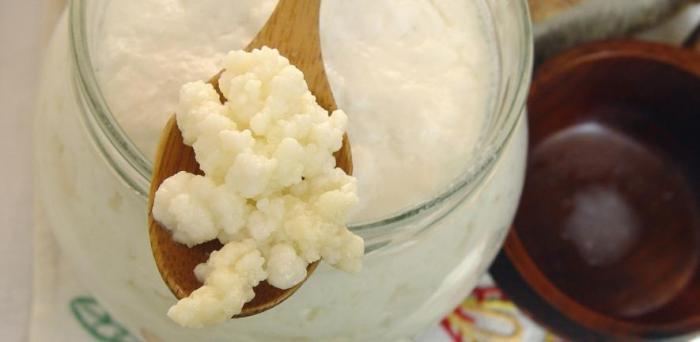The results are published in the journal Nature Microbiology.
The study used kefir as a model to study metabolic interactions within microbial communities. It is easy to grow, and consists of around 40 different species - providing a ‘Goldilocks zone’ of complexity that is not too small yet not too unwieldy to study in detail. Kefir is composed of ‘grains’ - resembling small pieces of cauliflower - that have fermented in milk to produce a probiotic drink composed of bacteria and yeasts.
The researchers were surprised to discover that the dominant species of Lactobacillus bacteria found in kefir grains cannot survive on their own in milk. However, the different species work together, feeding on each other’s metabolites in the kefir culture to support each other.
“The kefir grain acts as a ‘base camp’ for the kefir community, from which microbes colonise the milk in a complex, yet organised and cooperative manner,” said Dr Kiran Patil, Director of Research at the University of Cambridge’s MRC Toxicology Unit, group leader at EMBL, and senior author of the study.
The researchers combined a variety of state-of-the-art methods including metabolomics (studying metabolites’ chemical processes), transcriptomics (studying the genome-produced RNA transcripts), and mathematical modelling. This revealed not only key molecular interaction agents like amino acids, but also the contrasting species dynamics between the grains and the milk.
While scientists know that microorganisms often live in communities and depend on their fellow community members for survival, there was previously very little understanding of how this works. Lab models have historically been limited to two or three different microbial species.
Image: Milk kefir grains with jar of kefir in background
Credit: Svorad on Wikimedia Commons
Reproduced courtesy of the University of Cambridge
